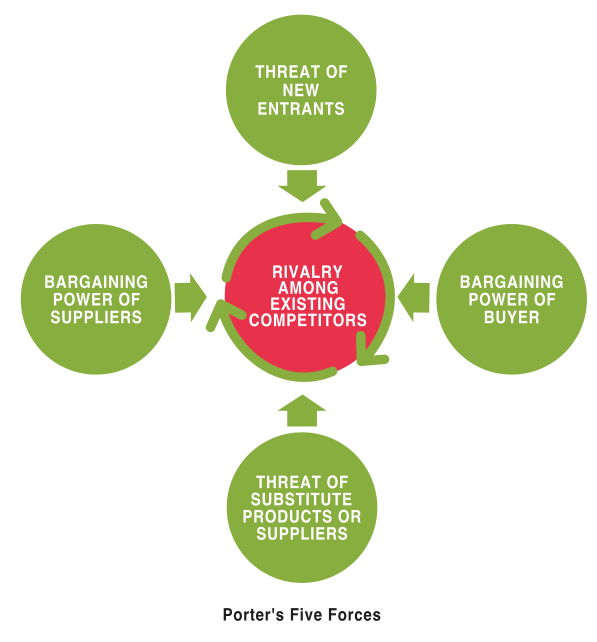
Accelerating Deal Origination
Deal Origination is made easier with the USP Data app. Because the universe of live UK companies is large we have included industry leading firmographic data selection tools to help you sift this mass of data to find company information you can rely on. The idea is that you can quickly screen and ficus on the relevant group which will potentially save time and or marketing budget.
Your combination of selection criteria are applied against the latest financial and shareholder profile information to produce a shortlist of possible targets. This niche list can be analysed in a PDF report format that benchmarks their performance and ranks the firms on more than 25 financial measures.
Flexible Analysis and Export Options
The PDF analysis of the niche group you have defined is very useful in the financing stage to show the relative market positioning and strengths of a target company and the market it is operating within. It is also simple to define the reusable export template for the contact information of the key personnel at the companies in the niche report.

The most responsive data you can use to contact the current shareholders to begin the conversation has proved to be the main shareholder home addresses. Also included though are the trading and registered address details so if your mission is to identify more customers like your best customers these might be more appropriate.
Managing the Deal Flow Pipeline
The USP Data app has been designed to manage multiple searches and outreaches to prospects in a number of sectors simultaneously using the built in CRM to manage the project listing for each. You can also use the simple CRM to hold project listings and then add personal details and select contacts from the directors or shareholders and to manage the interactions.
Unfortunately successful deal origination is likely to require many frogs to be kissed before a Prince is actually acquired. There are many reasons why a deal will not be consummated so managing a series of projects using the CRM in this way will organise the flow of potential deals so that hopefully the deal pipeline remains full and has the added benefit of automatically updating the data on the project listings as it changes over time.
Enhance and Expand your own Research by Leveraging 30 Years of Research
A main benefit of the USP Data app is our unique sectorisation which can be used to build out lists of your own. While SIC codes are provided and are OK for certain sectors there are many areas where having the enhanced sectorisation within USP Data improves the focus and identifies sector competitors.

Your own research listing from any source or perhaps your customer list can be imported into the USP Data system and then the sectors which are represented by these firm can be used to find more prospects. This can mean more customers like your best customers or more competitors in the same sector as the imported listing.
Essentially this is leveraging the 30 years of research that has gone into the 1000 report listings included in USP Data to focus on relevant additional firms and find company information more quickly. Once the working list has been expanded in this way it can be saved or screened using the financial, geographic or shareholder profile filmographies to produce a niche group shortlist.
At any point you can export a PDF analysis report or the contact listing for any list you are working on since you have unlimited access to the latest data available when subscribed to USP Data.
Latest articles
Enhancing Acquisition Success through Effective Business Segmentation

In the dynamic landscape of mergers and acquisitions (M&A), the process of business segmentation emerges as a critical component for identifying and evaluating potential targets. Business segmentation within the context of acquisitions involves the strategic categorization of target companies based on various criteria such as financial performance, geographic presence, industry sector, and shareholder profile. This…
Continue reading...Maximizing Business-to-Business Market Segmentation with Comprehensive Data

Understanding your target market is crucial for success in today’s ever-changing business environment. For B2B companies, effective market segmentation serves as the cornerstone of strategic decision-making and customer engagement. However, achieving precision targeting requires more than just surface-level insights. It demands leveraging comprehensive data, including researched industry sector reports, to optimize Business to Business market…
Continue reading...Leveraging Industry-Leading Firmographic Data Selections for Efficient Business Segmentation

Business segmentation plays a crucial role in tailoring marketing strategies, identifying target markets, and optimising resource allocation. However, the sheer volume of available data can overwhelm businesses, making it challenging to extract actionable insights efficiently. In this context, leveraging industry-leading firmographic data selections, encompassing SIC codes, researched listings, financial parameters, geographic parameters, keywords, and shareholder…
Continue reading...Enhancing Accuracy in Target Market and Market Segmentation: The Superiority of Researched Industry Sector Listings Over SIC Code Classifications

While Standard Industrial Classification (SIC) codes have traditionally served as a basis for industry classification, their limitations in accuracy, especially in a dynamic business environment, have become increasingly apparent. This article delves into the advantages of researched industry sector listings over SIC code classifications, with a focus on improving accuracy in classification. It examines how…
Continue reading...Unveiling the Power of Niche Market Identification for Business Success

In a competitive SME business landscape, understanding and identifying relevant market niches is key. Of the 5 million plus limited companies live at Companies House there are probably only 1.7 million or so that are not dormant, intermediate holding companies or property management firms. This is still a considerable number to trawl through when attempting…
Continue reading...Converting your research to useful analysis

Just as a carpenter needs a saw in the toolbox to be taken seriously, anyone researching UK companies needs a tool like USP Data. Access to the latest information in an intuitive format is a pre-requisite if progress from research to analysis is to be swift. The definitive analysis of the list of suitable companies…
Continue reading...Shareholder Screening Guide

Shareholder profile can now be used as an additional screening criteria directly. SO the usual financial, geographic and sector seclections become subject to the selected shareholder profile such as age, and percentage of the shares. Using the templates you can extract the mailing addresses for the main shareholders for the shortlist of companies of interest…
Continue reading...Crm Upgrade Guide

The CRM has received a significant upgrade in the latest edition of USP Data. The CRM remains the best place to save your work. CRM projects can be viewed directly on the list view and exported or pushed through one of the new templates you are able to define. A big change is the manner…
Continue reading...Data Templates Guide

Templates are a new addition to USP Data. The idea is that any data displayed in the List View can be viewed or exported using a template which you can define to exactly suit your purposes: You can select the exact data of interest from USP Data You can order the columns in the template…
Continue reading...Find Firm Improvements Guide

The Find a Firm side tab which provides access to the latest information on all the live companies at Companies House has been improved by: Allowing the search returns to run to 10,000 records rather than just 300 Listing the SIC code report as well as the researched report in which each company is listed…
Continue reading...High Quality Keyword Search

Using keywords can be a great to identify the companies likely to be of interest. Of course the quality of the data being searched needs to be high and even then care needs to be taken if keyword searches are to result in useful suggestions. The latest update to USP focuses on adding powerful options…
Continue reading...How to make Due Diligence easy

Assessment of business plans, corporate acquisitions or disposals and refinancing will all require due diligence investigations to confirm the facts being represented in the matter under consideration. This will require a tool or series of tools which allow an independent audit of the information being presented so that it may be confirmed in both hard…
Continue reading...Lead Building – sifting the wheat from the chaff

The sales funnel is a familiar concept which tracks the conversion of new contacts from suspects to leads to prospects and then to customers. This is typically represented as a cone with lots of leads being fed into the top of the cone and a much smaller number of customers resulting at the bottom. The…
Continue reading...Unlocking the opportunities hidden in abbreviated accounts

As you know Company Law allows “Small Companies” an option of disclosing less information at Companies House. This means that there is imperfect information in the public domain for SME firms. Companies House is the only verifiable source of financial data on privately held companies. As a result most of the attention is on the…
Continue reading...Valuing Companies Guide

Valuation is a tricky business! In a world of perfect information all risks are known, alternatives can be compared with certainty and cashflows can be discounted to provide the value of a firm. AI could be used to accurately land on a valuation which accounted for all the factors. It is clear that such perfect…
Continue reading...